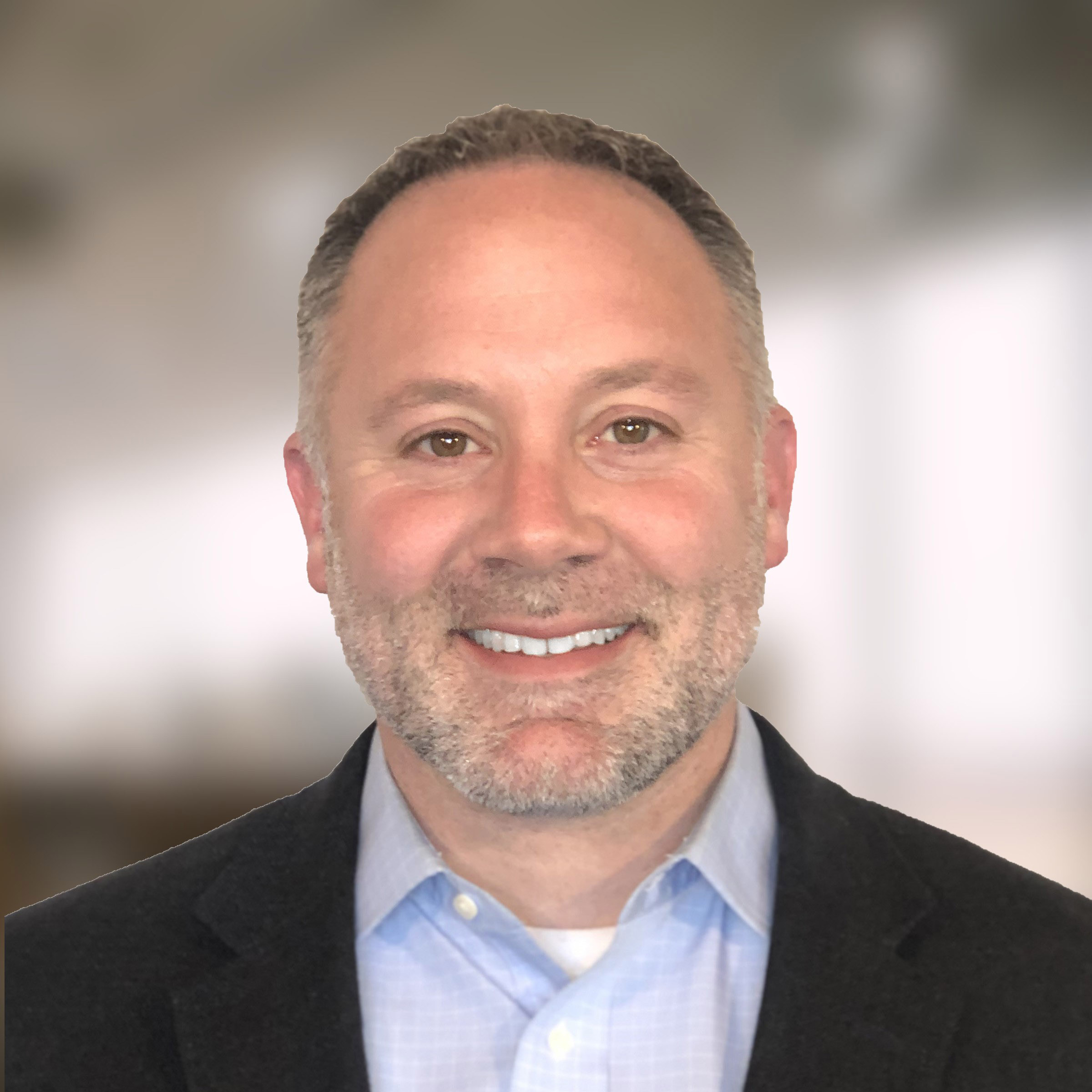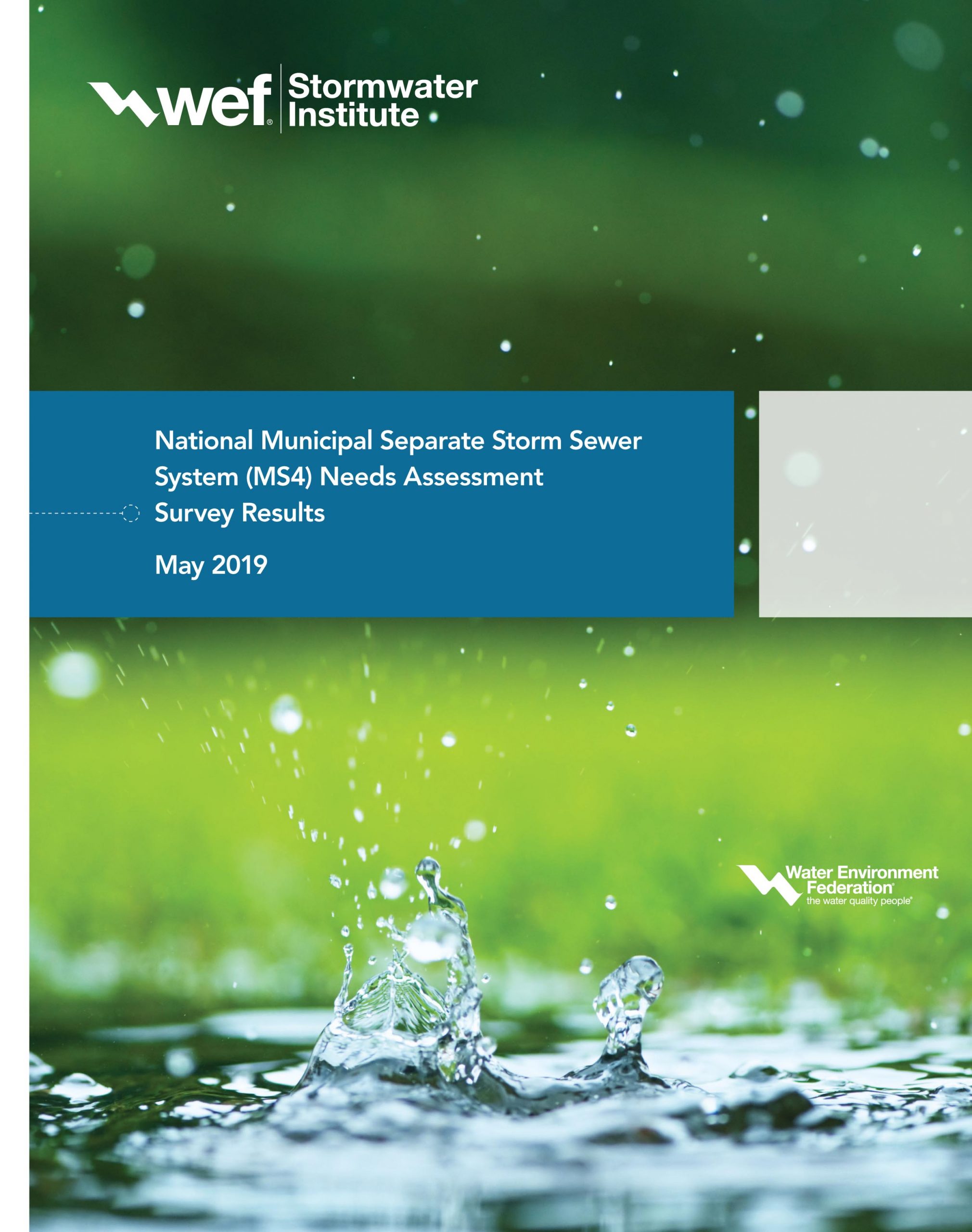The Federal Emergency Management Agency examines the benefits of constructing at a higher building code standard for natural disasters such as winds, floods and seismic activity in a new report, “Building Codes Save: A Nationwide Study.” The agency finds that 18.1 million buildings constructed at a higher code standard could save the United States about $1.6 billion annually.
Read MoreTag: ASCE
Structural engineers on board with net-zero buildings goal by 2050
Source: American Society of Civil Engineers, Reston, Va. The ASCE Structural Engineering Institute’s Structural Engineers 2050 Commitment Program (SE 2050) provides members with the resources to contribute and track projects toward the vision of net-zero embodied carbon structures by mid-century. The program responds to the Carbon Leadership Forum’s SE 2050 Challenge, wherein “All structural engineers shall understand, reduce and ultimately…
Read MoreASCE opens Sustainable Infrastructure standard draft to comment
Sources: American Society of Civil Engineers, Reston, Va.; CP staff The American Society of Civil Engineers invites comments through January 25 on the draft of a new document, ASCE/COS 73-XX Standard Requirements for Sustainable Infrastructure. Components and outcomes described in Greenhouse Gas Emissions, Life-Cycle Cost Analysis, Natural World, Quality of Life, Resilience, Resource Allocation and Sustainability Leadership chapters are intended…
Read MoreORGANIZATIONS – MAY 2020
The American Concrete Pipe Association has named Michael Kremer, MBA, as vice president of Marketing, a newly created position to advance the association’s efforts to meet the critical need for resilient and sustainable infrastructure. He will lead the development and implementation of marketing strategy, messaging and materials that support ACPA’s mission and industry objectives.
Read MoreRebar connector research team targets large cage safety
Sources: Charles Pankow Foundation, McLean, Va.; CP staff
A lack of proper engineering design and detailing procedures to safeguard slurry wall foundation, cast-in-drilled hole pile and tall column rebar cage stability has compelled a Pankow Foundation grant for the American Society of Civil Engineers Construction Institute, teaming with the University of Nevada, Reno. Researchers will examine behavior of cages incorporating innovative mechanical connectors—U-bolt, threaded rod with plate and wire rope—during various loading conditions.
Read MoreASCE opens Infrastructure Report Card to stormwater chapter
Water Environment Federation (WEF) salutes the American Society of Civil Engineers and its Environmental & Water Resources Institute (EWRI) for adding a stormwater chapter to the 2021 Infrastructure Report Card—the first time drainage structures and facilities will be graded in a widely subscribed benchmark the Society issues every four years. The category will join Aviation, Dams, Inland Waterways, Ports, Rail, Schools, Solid Waste, Hazardous Waste, Bridges, Roads, Drinking Water, Levees and Public Parks chapters.
Read MoreStormwater interests welcome ASCE Infrastructure Report Card scrutiny
Sources: Water Environment Federation, Alexandria, Va.; CP staff
Read MoreReport measures billions in gains, losses tied to water infrastructure investment
Sources: Water Environment Federation, Alexandria, Va.; CP staff
A new report finds that closing the nation’s water infrastructure investment gap would create 1.3 million jobs and generate $220 billion in economic activity. “The Economic Benefits of Investing in Water Infrastructure” was commissioned by the Value of Water Campaign, through which the Water Environment Federation (WEF) in Alexandria, Va., and allied interests seek to advance positive solutions to pressing supply, conveyance and treatment system challenges.
Read MorePCI’s seismic design methodology garners top ASCE honor
Sources: Precast/Prestressed Concrete Institute, Chicago; CP staff
The American Society of Civil Engineers has presented the Charles Pankow Award for Innovation to PCI, whose “Seismic Design Methodology for Precast Concrete Diaphragms” project addresses engineering obstacles—rooted in structural member-to-member or member-to-shear wall connections—to precast concrete solutions in high seismic zone markets.
Read MoreCrowd source-modeled competition spotlights infrastructure needs
The Association of Equipment Manufacturers’ three-phase Infrastructure Vision 2050 Challenge will award a total of $150,000 in prizes for innovative ideas to overhaul the crumbling infrastructure that Americans rely upon to move people, materials, products, services and information. Open to everyone everywhere, the competition leverages the HeroX crowd sourcing model designed to spur radical business, technological and social innovation benefiting local and global communities; inspire new industries; and, catalyze markets.



